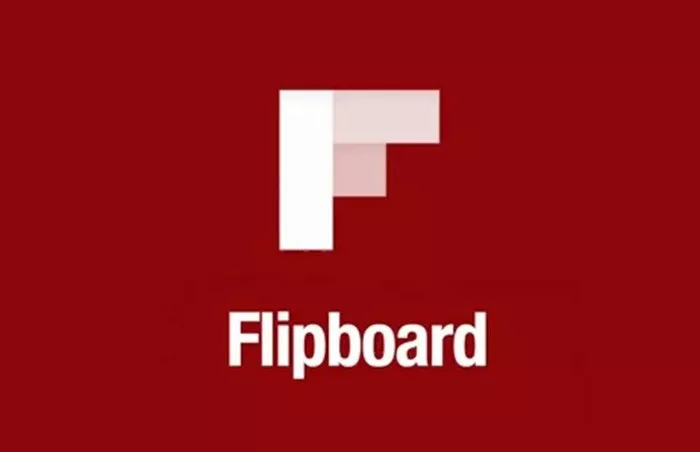Blogging has evolved beyond traditional platforms, offering dynamic and interactive tools to share and amplify content. Flipboard, a personalized magazine-style app, allows bloggers to curate and share articles, stories, and multimedia in a visually engaging way. This guide explores how to leverage Flipboard effectively for blogging, enhancing your reach and audience engagement.
What Is Flipboard?
Flipboard is a content aggregation platform that enables users to create and curate custom magazines. It combines articles, videos, and images from various sources into a sleek, scrollable format. Bloggers can use it as a tool to organize content, share insights, and attract readers.
Key features of Flipboard include:
- Personalized Content Feed: Tailor your Flipboard experience by selecting topics of interest.
- Magazine Creation: Assemble articles and multimedia into cohesive, thematic magazines.
- Social Sharing: Share curated magazines or individual articles across social media platforms.
- Integration: Flipboard integrates with major platforms, such as WordPress and Medium, enhancing its utility for bloggers.
Why Should Bloggers Use Flipboard?
Flipboard offers unique advantages for bloggers, making it an ideal complement to traditional blogging platforms. Here’s why you should consider it:
Enhanced Content Discovery: Your blogs become part of a curated ecosystem, improving visibility to a broader audience.
Visual Appeal: The magazine-style layout elevates the presentation of your content.
Networking Opportunities: Flipboard connects you with other bloggers and readers in your niche.
SEO Benefits: Sharing content on Flipboard can drive traffic to your blog, enhancing its search engine ranking.
Ease of Use: Its intuitive interface simplifies content curation and distribution.
Setting Up Your Flipboard Account
Getting started on Flipboard is simple and free. Follow these steps to create your account and prepare for blogging:
Download the App or Visit the Website: Flipboard is available on iOS, Android, and desktop browsers.
Create an Account: Sign up using your email, Google, or social media accounts.
Select Topics: Choose areas of interest to personalize your feed. This helps Flipboard suggest relevant content.
Complete Your Profile: Add a profile picture, bio, and links to your blog or other social media profiles.
Creating Magazines for Your Blog
Flipboard’s magazine feature is a game-changer for bloggers. Here’s how to create and customize a magazine:
Navigate to “Create a Magazine”:
-
- On the app, tap the profile icon, then select “Create a Magazine.”
- Name your magazine based on your blog’s theme or niche.
Curate Content:
-
- Add articles, blog posts, videos, and images that align with your magazine’s focus.
- You can include content from your blog, other Flipboard users, or external sources.
Add Descriptions:
-
- Write a compelling description to attract readers.
- Include keywords relevant to your niche for better discoverability.
Organize and Update:
-
- Regularly update your magazine with fresh content.
- Arrange items to ensure a logical flow and engaging visual experience.
Sharing Your Blog Posts on Flipboard
To maximize the impact of your blog posts on Flipboard, follow these steps:
Flip Your Blog Posts:
-
- Use the “+” button on Flipboard to add your blog posts to relevant magazines.
- Include a captivating title and snippet for each post.
Promote Across Platforms:
-
- Share your Flipboard magazines on social media and embed links in your blog.
- Encourage readers to follow your Flipboard profile.
Engage With the Community:
-
- Interact with other users by liking, commenting on, or flipping their content.
- Follow magazines in your niche to gain inspiration and exposure.
Optimizing Your Content for Flipboard
Content on Flipboard should be visually appealing and easy to consume. Here are some tips for optimization:
Use High-Quality Images: Eye-catching visuals make your content stand out in Flipboard’s magazine format.
Craft Engaging Headlines: A compelling headline increases the likelihood of readers clicking through to your blog.
Add Value: Share content that is informative, inspiring, or entertaining to build trust and credibility.
Be Consistent: Post regularly to maintain your audience’s interest and grow your following.
Engaging With Your Flipboard Audience
Building a loyal readership on Flipboard requires consistent engagement:
Respond to Interactions: Reply to comments and thank users who flip your articles.
Collaborate With Other Bloggers: Co-create magazines or feature guest posts to expand your reach.
Monitor Performance: Use Flipboard’s analytics to track which posts resonate most with your audience.
Integrating Flipboard With Your Blogging Strategy
To fully leverage Flipboard’s potential, integrate it into your overall blogging strategy:
Content Promotion: Use Flipboard as a platform to amplify your best blog posts.
Content Curation: Showcase complementary articles and resources to position yourself as an authority in your niche.
Traffic Generation: Direct readers from Flipboard to your blog by including clear call-to-action links.
Tips for Success on Flipboard
Stay Focused: Keep your magazines centered on specific themes or topics.
Be Active: Regularly update your magazines and interact with your audience.
Leverage Trends: Share timely content to capitalize on trending topics.
Conclusion
Flipboard offers bloggers a unique opportunity to expand their reach and connect with readers in an innovative, visually engaging way. By creating curated magazines, sharing high-quality content, and engaging with the Flipboard community, bloggers can enhance their visibility and grow their audience. Integrate Flipboard into your blogging strategy today and unlock its full potential!
Related Topics
- How to Start Blogging on LinkedIn?
- How To Research Keywords For Blogging?
- How Can You Make Money Blogging Without Ads?

